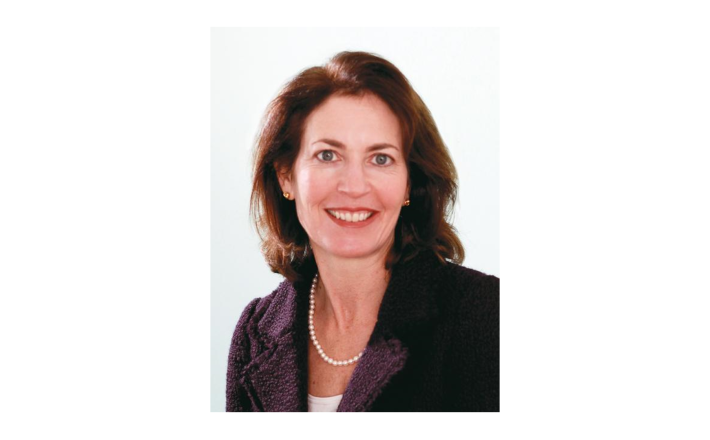Viewpoint: Gender parity matters among Mass. Public higher ed leaders
Source: Boston Business Journal
Diversity is good for consumers and businesses — it leads to better decision making in all organizations. Studies have found that corporations with diverse boards and management teams are more profitable and better governed. Organizations need multiple perspectives to anticipate both challenges and opportunities on the horizon in a fast-changing world.
The education industry a major employer in Massachusetts, and one in which we would expect to see parity among men and women in leadership. Women are 75 percent of teachers in our K-12 system, comprise 57 percent of all undergraduate and graduate students in our colleges and universities, and are earning the majority of doctoral degrees.
In September, the Eos Foundation, in collaboration with the Center for Women in Politics and Public Policy at UMass Boston, released our Women’s Power Gap in Higher Education Study and Rankings. The study ranked 93 colleges and universities in Massachusetts by how well women are represented among their presidents, boards, board chairs, provosts and deans.
One of the key findings was that the percentage of female presidents at our public universities significantly lags the private institutions. This was surprising, as we generally expect our taxpayer-funded public institutions to lead on diversity and equal opportunity. Further, the number of female presidents/chancellors at our 15 state universities has dropped since 2008, when women led five of these campuses. Today, they lead only two. Among the 12 members of the Massachusetts Board of Higher Education (BHE), there are only two women. In the 18 months since we have been compiling this data, the governor had three opportunities to appoint new board members, yet all have been men, including a seat vacated by a woman. The result was a net decrease in women on this important and prestigious board.
Click here to read the full article published by Boston Business Journal on 23 Octubre 2018.

Diversity is good for consumers and businesses — it leads to better decision making in all organizations. Studies have found that corporations with diverse boards and management teams are more profitable and better governed. Organizations need multiple perspectives to anticipate both challenges and opportunities on the horizon in a fast-changing world.
The education industry a major employer in Massachusetts, and one in which we would expect to see parity among men and women in leadership. Women are 75 percent of teachers in our K-12 system, comprise 57 percent of all undergraduate and graduate students in our colleges and universities, and are earning the majority of doctoral degrees.
In September, the Eos Foundation, in collaboration with the Center for Women in Politics and Public Policy at UMass Boston, released our Women’s Power Gap in Higher Education Study and Rankings. The study ranked 93 colleges and universities in Massachusetts by how well women are represented among their presidents, boards, board chairs, provosts and deans.
One of the key findings was that the percentage of female presidents at our public universities significantly lags the private institutions. This was surprising, as we generally expect our taxpayer-funded public institutions to lead on diversity and equal opportunity. Further, the number of female presidents/chancellors at our 15 state universities has dropped since 2008, when women led five of these campuses. Today, they lead only two. Among the 12 members of the Massachusetts Board of Higher Education (BHE), there are only two women. In the 18 months since we have been compiling this data, the governor had three opportunities to appoint new board members, yet all have been men, including a seat vacated by a woman. The result was a net decrease in women on this important and prestigious board.
Click here to read the full article published by Boston Business Journal on 23 Octubre 2018.